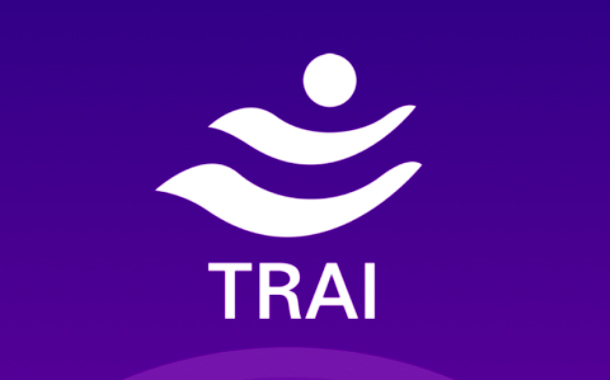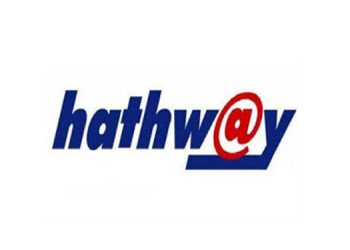New Delhi: TRAI’s new proposal in its draft tariff order for Digital Addressable System (DAS) platforms is observed as a right step in the right direction in the media sphere. The prime step is to put a price cap on different genres of channels to regularize cable rental fluctuations. TRAI’s plan to cut down the number of genres from 11 to 7 and the genre caps prescribed is also perceived as a reasonable step to curb the masks the channels put on to their respective different faces.
As per the present regulatory draft on the table, the genres will be lined up with Sports, General Entertainment, Movie Channels, Infotainment Channels, Kids Channels, News Channels and Devotional Channels. The four channels out of the present 11 genres to be scrubbed off are Music, Youth, Lifestyle and Regional channels.
There is no price cap on premium channels and the broadcasters under this category should declare their channels as ‘premium’. The broadcasters can place their channels in any of the prescribed genres and fix the MRP within the price ceiling. The tenure and the price cap will not be changed within one year from the date of declaration of genre and MRP by the broadcasters.
The households may have to pay Rs. 130 as monthly rental per Set Top Box for about 100 SD channels. This directive is expected to come into effect from 1st April 2017.
As per the draft order, a total of 100 Standard Definition channels will be offered to the subscribers at Rs. 130 per month. Channels notified by the Central Government as mandatory will be included in this.
The channels will be available in slabs of 25 channels and an amount of Rs. 20 will be charged per slab. Broadcasters will have to fix the maximum retail price for the pay channels offered to the subscribers.
This regulation is intended to enable the consumers with the freedom to choose from an array of attractive and affordable a-la-carte and package television broadcasting services as per their preferences and paying capacity. As per the order, the MRP of a pay channels in HD format cannot be more than 3 times of MRP of its SD counterpart.
TRAI has invited comments from various stakeholders by October 24 and the order is expected to be issued after a final decision is taken.
Needless to say, the key objective of the proposed tariff structure is to protect the consumer interests.
















